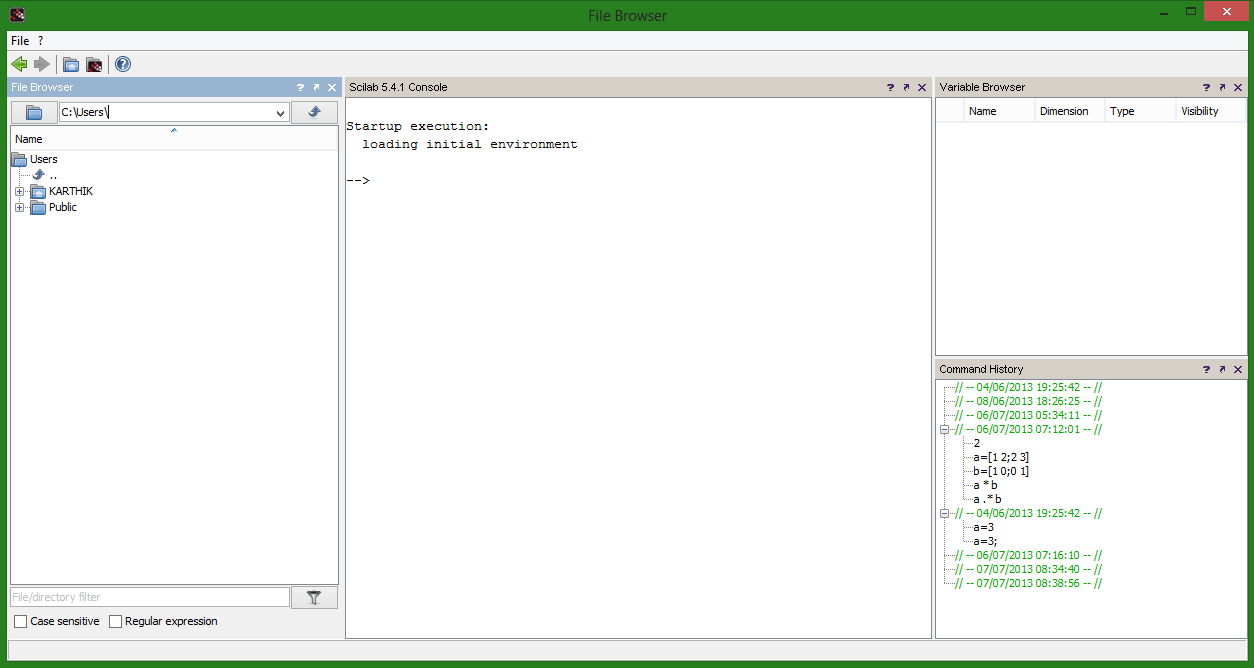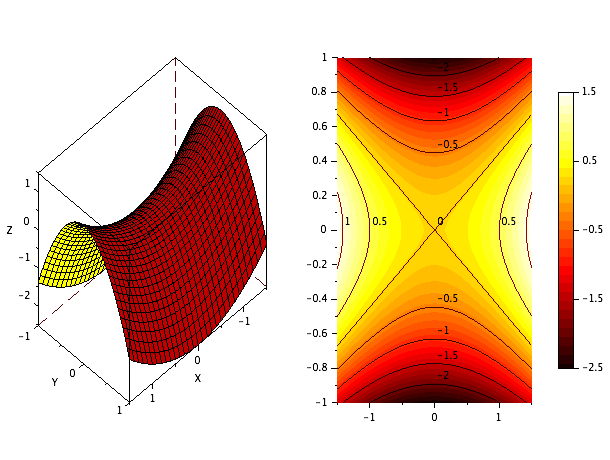

So, every visual in the submissions should be properly referenced and proven to be licensed under a Creative Commons license. I encourage you to read them for your future contributions.Īlso, contributors are responsible about the rights of the visual content they use in the submissions. This is also stated in the Utopian Guidelines even though control systems are not directly specified. Providing results and design schemes is more about the science itself, not the software. The submission provides information about design of a control system, and yes it is using an open source software, but contributions in tutorials should provide usage of this kind of software. And then, as the main point, they should teach about the software. Therefore, contributors first specify the repository of the project they contribute at the beginning of the submission.
#Scilab tutorial software
Submissions in the tutorials category are expected to provide insightful content in order to teach the technical aspects of an open source software with GitHub repository. I hope this tutorial will be helpful for you guys. We can see the importance of the control system in this example. With the PID gains given in Figure our Closed Loop response changes as įigure11: Response with PID = Īs we can see from the Figure, our control system works really good with small error we have converged to the given input. After several trials, I have found the PID gains as Now by adjusting the PID gains we will try to converge to given input. Responses of both Closed and Open Loop systems to a given step input are Other blocks we need for simulation can be found from Palette Browser and typing search STEP FUNCTION, SUMf, CMSCOPE, CLOCK_c, PID, GAIN, respectively. The transfer function is įigure4: DC-Motor Transfer Function Representationįrom the Xcos Palette Browser the transfer function can be found from Continuous time systems/ CLR. We will assume DC-Motor which is represented with a simple transfer function and its input is voltage and output is RPM and we will control the output with a PID controller. These requirements can be achieved with different controlling techniques but in this tutorial i will talk about "Classical Control Techniques" Proportional, Derivative, Integral which is called PID controller.

We are now feeding the output back and "Controlling" the system in a way but the important thing is that we need to control the system in a way that the system obeys certain requirements. If we do not feed the output back into input these systems are called Open-Loop Systems. This kind of systems are called also Closed-Loop Systems. It can be showed as in Figure Īs can be seen from the Figure, a feedback system can be defined as we have a dynamic system which responses to a given input and we are controlling it by the output. Therefore, we should first know what is a feedback control system. Instead of just typing codes and check for spelling or other errors this tool uses blocks that are alreadly build and codedīy the help of Xcos what are we going to design is a feedback control system. Xcos is a very powerful tool which provides us building dynamic system with block diagram representation. You will learn Proportional, Integral, Derivative Gains.

#Scilab tutorial how to
You will learn how to design a simple feedback system with transfer function.You will learn how to simulate dynamic systems in Xcos.Interfacing C or Fortran programs with Scilab 6 Printing and Inserting Scilab Graphics in L AT EX 6 Some Classical Graphics for Automatic Control 3 Definition of Operations on New Data Types


 0 kommentar(er)
0 kommentar(er)
